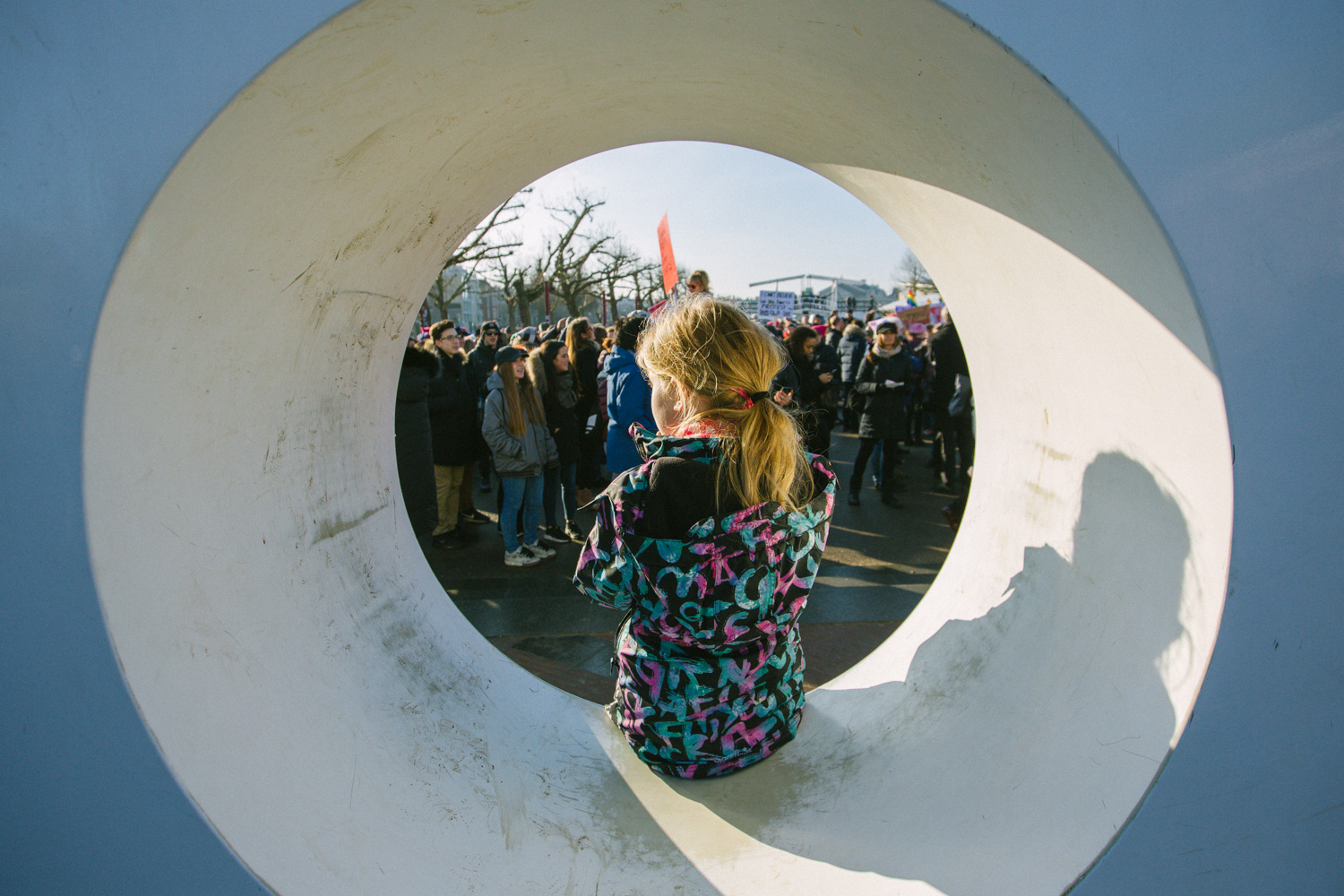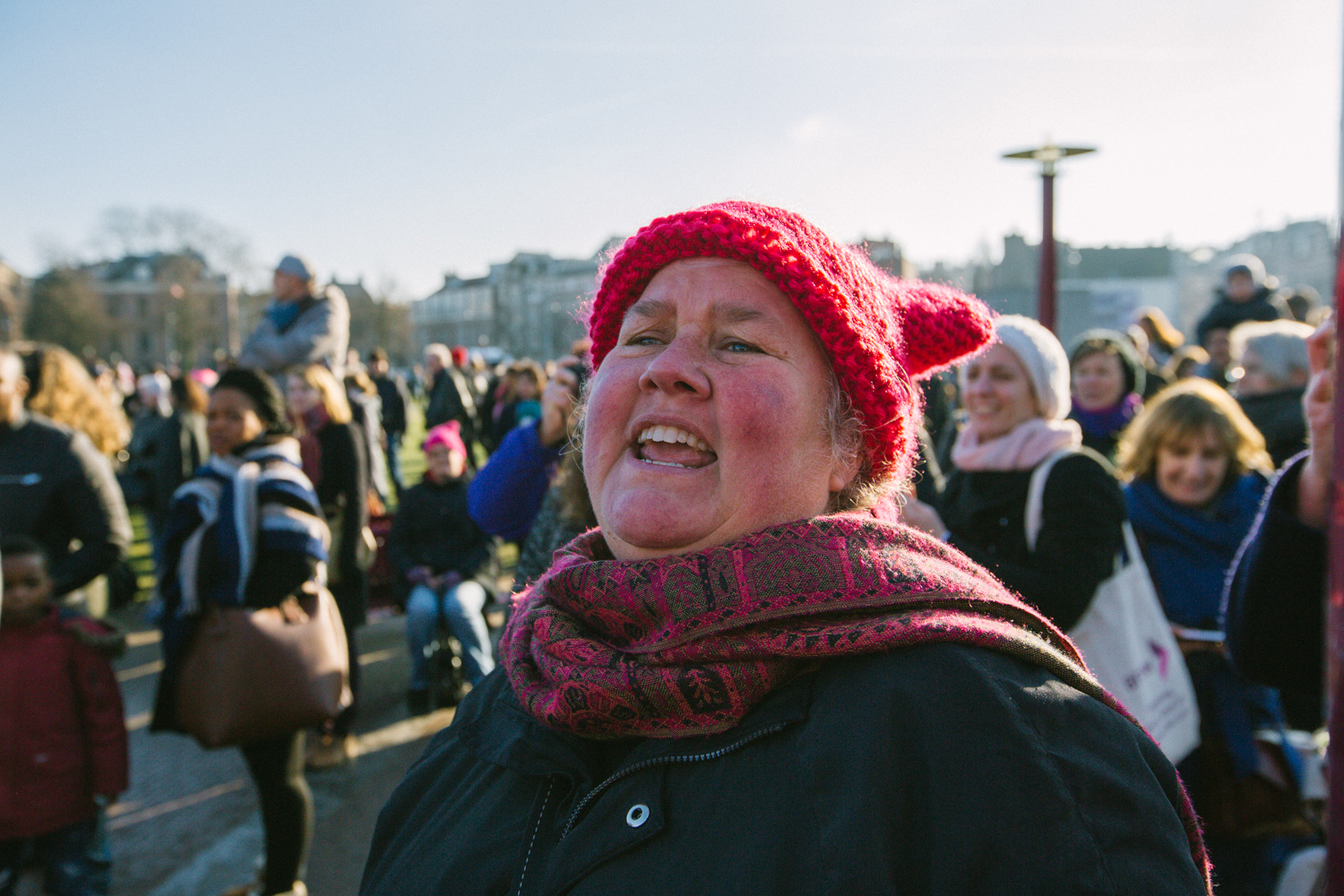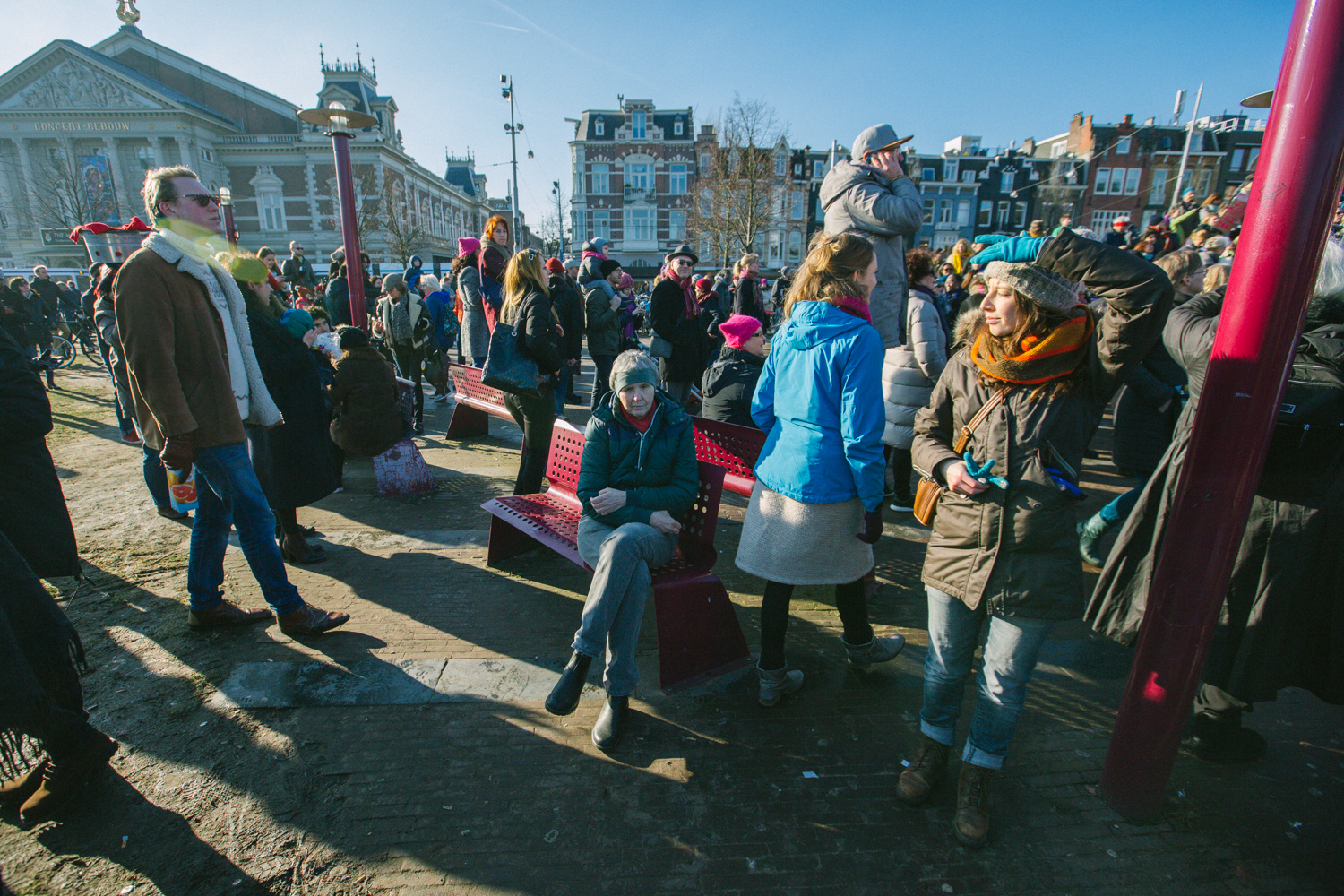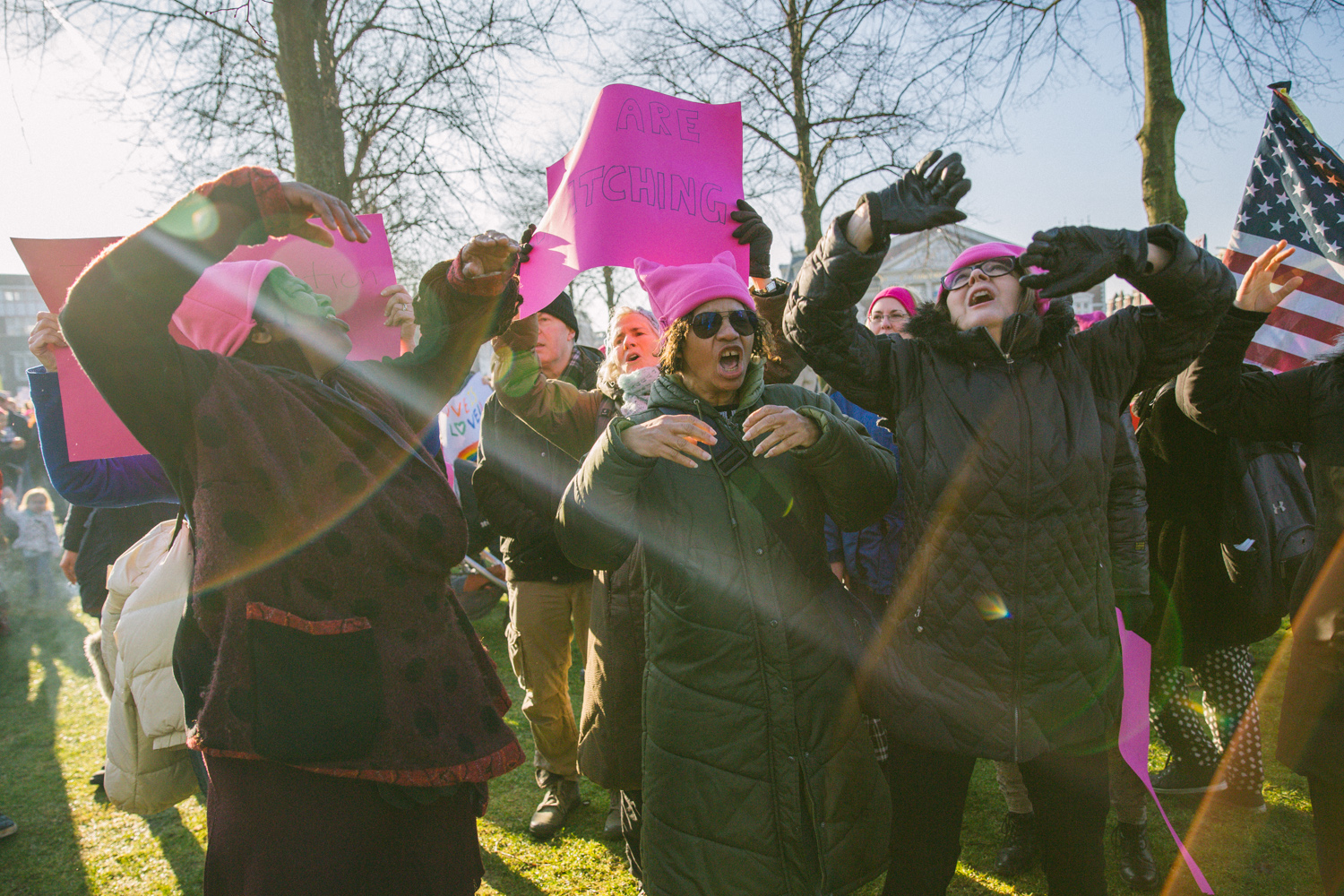Las personas estamos divididas casi siempre entre muchas personalidades, la que desarrollamos para el trabajo, la que tenemos para nuestra familia, la pareja o los amigos. Siempre mostramos versiones incompletas de quiénes somos acorde a la audiencia con la que interactuamos porque no podemos ser totalmente nosotros en todos lados. Vamos dejando pedazos de nuestra personalidad en diversos espacios físicos y virtuales.
Eso mismo sucede con las redes sociales y las tantas plataformas de difusión que hoy tenemos. Además, queremos que el contenido que consumimos en dichas plataformas esté adaptado al espacio en el que está concentrado. Por ejemplo, resulta que la mamá de un amigo es sumamente religiosa en Facebook, pero manda memes de changos y mandingos a sus hermanas por WhatsApp, sin embargo en la vida real es una persona sumamente serena que rara vez altera su tono de voz al hablar. ¿Qué decimos de ella? ¿Que es una persona creyente, o que es vulgar, o mencionamos que es sumamente tranquila, ecuánime y está en paz? La respuesta es que ella es todas, pero su identidad varía según el contexto en el que se desenvuelve, y el contenido que comparte también va alineado al público que tiene en cada espacio.
La mayoría de la gente utiliza Facebook para presumir su vida pública y todo aquello que quiere que el mundo vea. Comparte en Twitter información relevante y concisa, sobre lo que sucede en el momento, casi siempre son quejas. Actualizan LinkedIn con frases motivacionales. Toman fotos de su comida y las suben a Instagram. Chatean con marcas —igual de informal como con sus amigos— por medio de WhatsApp y, los que saben usarlo, narran casi todas su actividades del día en Snapchat. Muchos más tienen un blog y escriben periódicamente y en ocasiones lo comparten en alguna de sus redes sociales, probablemente en la que más alcance tenga. Este fenómeno es una realidad al que llamo síndrome de transmedialidad, es una quimera de nuestra realidad en la que tenemos varias narrativas de la misma persona, que conjuntamente forman una historia completa, pero que rara vez podemos vislumbrar por completo.
Estas manifestaciones muestran que vamos dejando pedazos de nuestra historia en varios medios con el fin de mostrar una parte de nosotros, sin permitir que se conozca el todo porque claro, queremos privacidad y hoy para tenerla hay que convertirnos en un enigma. Esa breve historia es parte de nuestro universo, pero tampoco pasa nada si la gente no se entera de lo que publicamos en nuestras otras redes, porque eso, lo que alcanza a ver, es suficiente para decir que nos conoce.
Y es que de eso se trata transmedia y nuestra circunstancia actual, de ir narrando nuestra historia en varios espacios para complementar un todo más grande. No importa si la gente de tu trabajo no conoce tu vida personal o se quedan con lo que ven en Face, porque eso es más que suficiente. En caso de que puedan saber más de ti, solo complementarán el universo y tendrán una visión más amplia de lo que está sucediendo.
La necesidad de experiencias diversificadas
Esta forma de vida, de transmedialidad personal, es una realidad y tiene dos constantes que están en todos lados. La primera es que en cada plataforma o espacio se tiene una audiencia específica y aunque comparten amigos, no queremos tener a los mismos en todos lados porque la experiencia, el contenido, o lo que queramos decir se limitaría o modificaría la imagen que queremos darle a cierto público. Digamos que los jóvenes de hoy no suben los snaps que le mandan a sus amigos al Face porque ahí está toda su familia.
La segunda variable de este presente es que cada plataforma requiere de cierto tipo de contenido y que es exclusivo de ella. Es cada vez más común ver cómo los usuarios de hueso colorado de LinkedIn se quejan de los millennials jóvenes o centennials por poner contenidos que son exclusivos del Facebook, en nuestro espacio de superación Godin (LinkedIn). Sí, todas las redes soportan videos, audio, textos, gráficos, gifs, infografías, y demás, pero la gente espera que esos contenidos vayan en línea con el uso que le da a su plataforma.
Al invertir este síndrome humano de transmedialidad a la experiencia de consumo de contenidos de entretenimiento o informativos descubriemos que lo que nos gusta no está adaptado a nuestra forma de vida. Si nosotros vivimos transmediados, los contenidos que vemos no cumplen con este requerimiento de estar adecuadamente creados y dispersados para lo que queremos hacer.
La mayoría de los contenidos que se siguen desarrollando pertenecen a una época que ya pasó. Por ejemplo, la televisión, como medio, hoy está agonizando; lo peor es que siguen creando contenidos para un formato que tiene cada vez menos audiencia. En lugar de satisfacer a su público con contenidos para las plataformas en las que sí están (redes sociales), usan los recursos para regresarlos a ver un gadget con contenidos aburridísimos. No estoy diciendo que hacer televisión (tradicional) ya no valga; aún tiene audiencia, poca, pero la tiene. Sin embargo, lo que sí podrían hacer es amplificar la experiencia valiéndose de todos los medios sociales en los que ya cuentan con una audiencia cautiva y presente.
Lo mismo sucede con la radio. Empujan sus contenidos en redes sociales para atraer a esa audiencia al FM o AM cuando bien podrían desarrollar ideas que sirvieran para aprovechar al público digital que ya tienen. Algunos medios impresos, me parece, han sido los que mejor se han adaptado, pero siguen viendo a su público como una masa única, cuando en realidad, se trata de individuos que esperan tener una experiencia de contenido directa en el momento que desean. Las personas estamos dispuestas a recibir los contenidos siempre y cuando estén ligados a nuestra realidad, a nuestra circunstancia y forma de vida.
Si el usuario está contento con lo que ve en la plataforma que desea tenerlo, el medio logrará tener un consumidor satisfecho que, a su vez, buscará nuevos contenidos en otras plataformas, mejorando su experiencia y creciendo de manera exponencial. Eso se llama transmedia, el fenómeno que muestra cómo vivimos pero que ni los medios se han esforzado por entender, y nosotros no nos hemos detenido a explicarles.
Y si nosotros ya vivimos así, transmediados, dispersos y diversos, con pequeñas partes de nuestro ser regado por el mundo, ¿qué están esperando creadores de contenido para ofrecer una experiencia que se adapte a esta forma de vida?










































